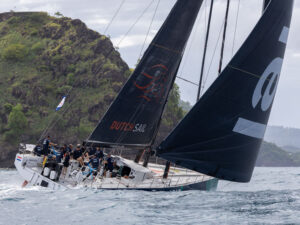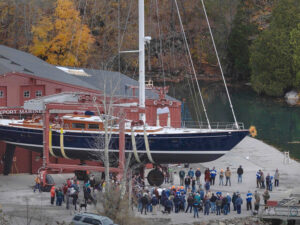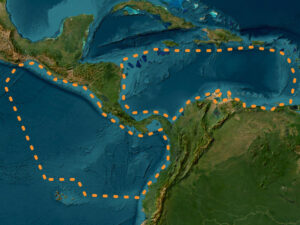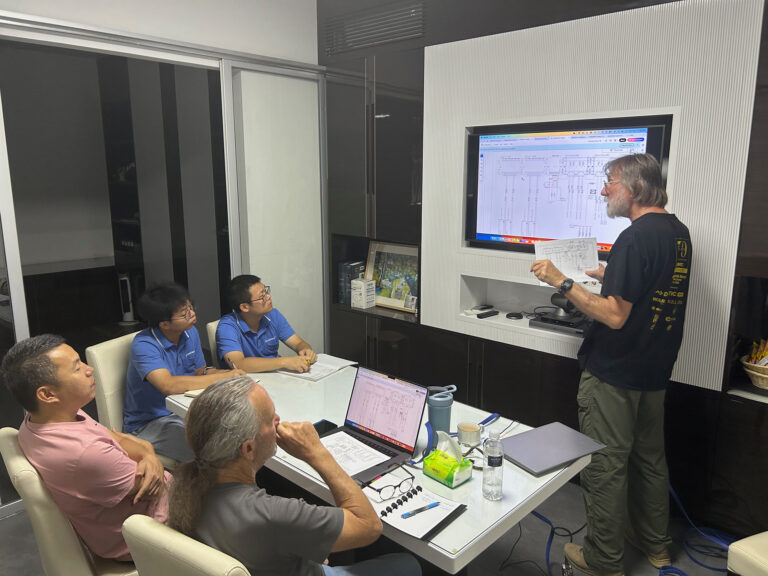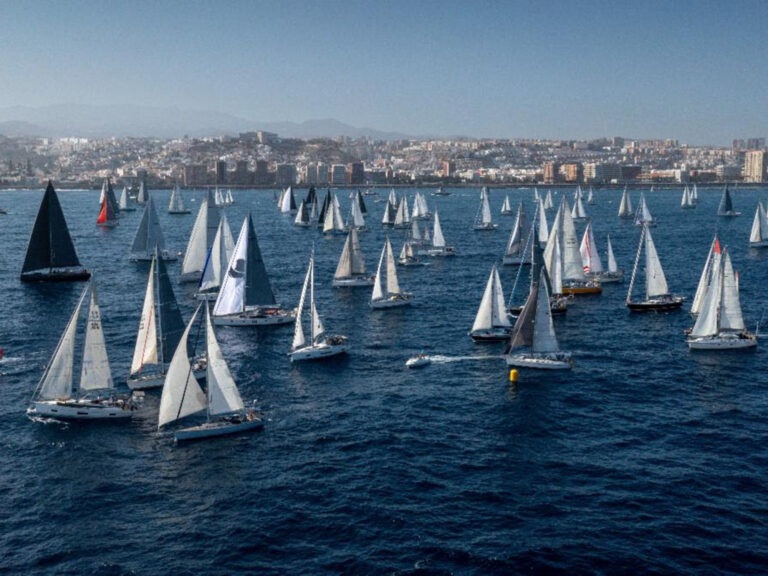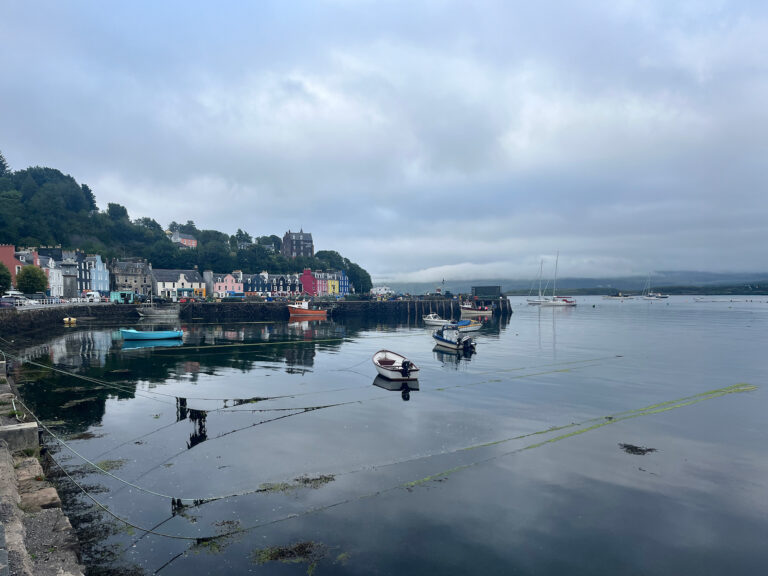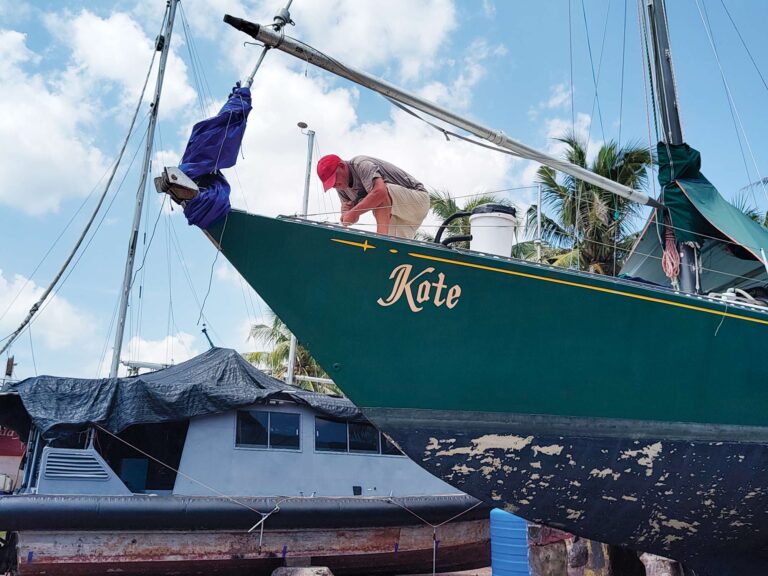
To my eye, perhaps the cleanest-looking yacht to be introduced in 2018 was the Hanse 588, the second-largest offering from the German builder in a line that now encompasses a range of boats from 31 to 69 feet. Look, I enjoy a clipper bow and sweeping sheer line as much as any traditionalist, but lately I’ve derived as much optical pleasure from the lines of all-business performance cruisers like the 588. Perhaps it’s because function follows form, and a yacht like this — with features that include a straight bow and stern, ample topsides, wide beam, maximum waterline, minimalist deck jewelry and razor-sharp sheer — is nothing if not a flat-out sailing machine. You can just see it.
And then there’s this: At first glimpse, it looks rather simple. But on closer inspection, it’s anything but. And I also find broad appeal in that dichotomy. But make no mistake: For all of its ultramodern Euro styling, this is a well-constructed, systems-rich, state-of-the-art vessel, with a host of elements that will make sailing and cruising safer, and more efficient and fun.
Let’s start with the sail plan and rig, a triple-spreader Seldén aluminum spar with no traveler and a self-tending jib. Straightforward, right? Well, not so fast. The mainsheet is actually a German-style setup that’s double ended and led aft, port and starboard, to cockpit winches adjacent to the helmsman. The main itself on the boat
I sailed is a powerful, fully battened number stashed on an optimal in-boom FurlerBoom furler. The aforementioned jib is unwound from a Furlex manually controlled furling unit, and the code zero genoa riding shotgun in the twin headsail configuration is set off a Reckmann electric furler. All sails are built using composite-laminate sailcloth by Elvström. In other words, like everything else, they’re high tech.
There are twin wheels, each led to the quadrant independently of each other. Stashed below the cockpit, accessed via the transom’s drop-down boarding gate/swim platform when lowered, is a Williams jet-drive tender (I am not making this up), which answers the always intriguing dinghy question (both the type and its storage) in a major way. There are thrusters in the bow and the stern, both retractable, very handy items when pivoting or docking a boat this big. Are you recognizing a recurring theme here? With the Hanse 588, on multiple levels, what you don’t see is what you get.
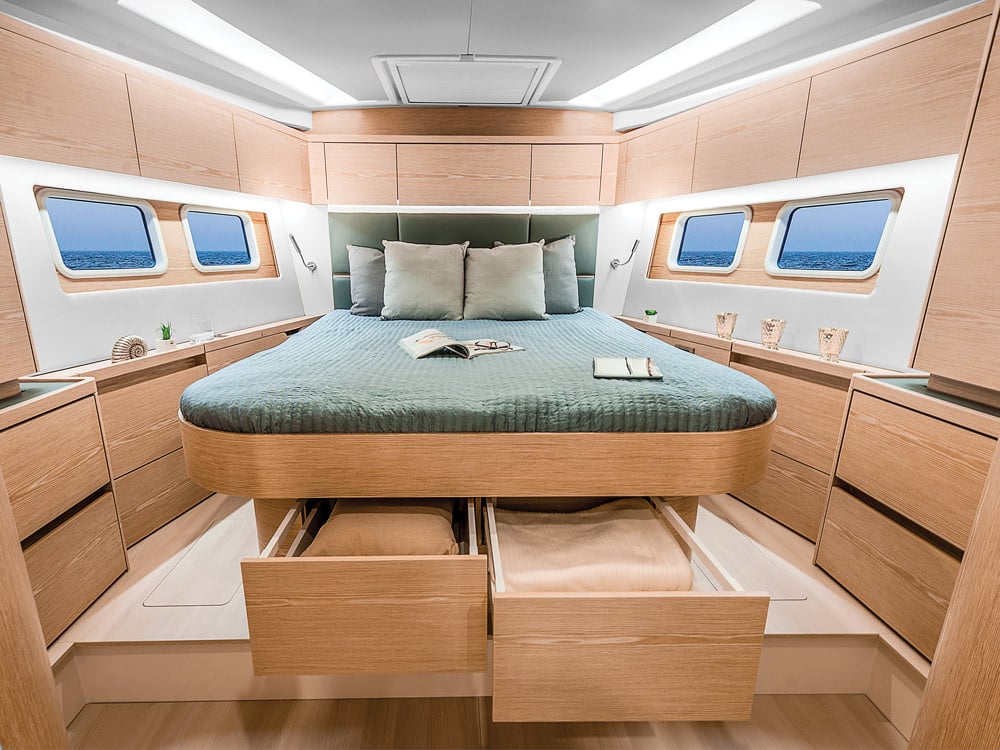
A raised bulwark rims and accentuates the flush deck, which can be specified as real teak (an option) or synthetic teak, with a choice of eight different finishes. On our test boat, the sight lines from the dual helms were fabulous, thanks largely to the low coachroof and the absence of a dodger or Bimini. (A fiberglass “T-top” hardtop that covers the cockpit is optional, as is the sort of windscreen seen on many Scandinavian cruising boats.) There are six windows on each side of the hull; the company says it used the largest ones possible that do not compromise structural integrity. The windows serve dual purposes, emitting plenty of light into the interior and offering great views while breaking up the expansive hull from a visual perspective.
The boat is well put together, with balsa core employed in the topsides of the hull and deck in a laminate rich in polyester resin and coated with vinylester as a hedge against osmosis (the layup is solid glass below the waterline). The chainplates are reinforced with carbon in high-load areas, and the vacuum-bagged bulkheads are cored for a combination of lightness and strength before they are tabbed into the deck, floors and hull. The iron keel (there are three different sizes and drafts available, ranging from a shallow L-shaped model that draws 7 feet 5 inches to a deep, T-shaped version drawing 9 feet 4 inches) is anchored to keel plates embedded in the integrated floor grid.
Down below, there are literally dozens of choices to make with regard to upholstery colors and fabrics, carpeting, and woods for flooring and furniture, which gives owners an incredible amount of leeway to personalize the interior to their own liking. Our test boat’s furnishings were finished in cherry, which was quite pleasing. Likewise, with the floor plan, there are multiple layouts for accommodations from which to choose. The boat we inspected had the single spacious owners cabin forward, with an island berth and a single roomy head (this space can also be two cabins and two heads); a crew’s quarters in the bow (which can also be a gargantuan sail locker); and a big head to port at the foot of the companionway (this can also be a workroom or another sleeping cabin). There were also twin double cabins aft with en-suite heads. The central saloon of our test boat featured large settees to port and starboard, with the U-shaped galley also to starboard. A straight-line galley with an incorporated central island is also available.
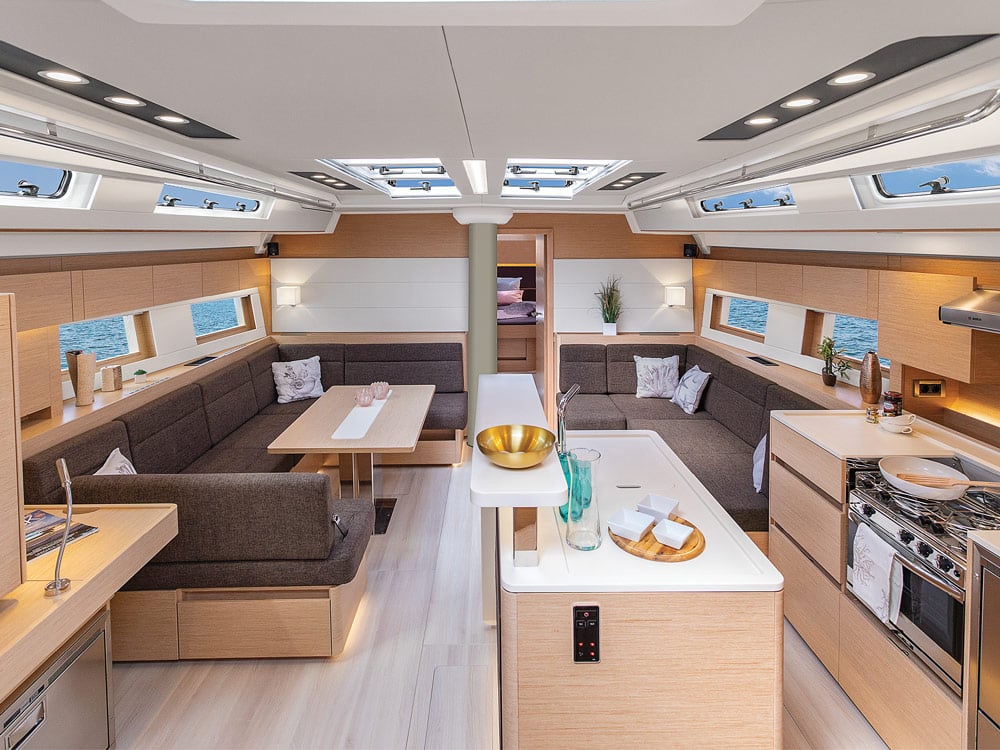
Alas, the day of our sea trials on Chesapeake Bay last fall, in conjunction with the 2018 Boat of the Year contest, dawned absolutely windless, and we were unable to conduct a test sail. But the boat performed more than admirably under power, registering better than 9 knots at 2,150 rpm. And, in terms of decibel level, it was one of the fleet’s quietest boats, a fact that was not lost on BOTY judge Ed Sherman.
“One of the factors that I have always used to help me sort out a very broad-based quality issue is how noisy the boat is when you’re motoring along,” Sherman said. “All that’s indicative of all these parts — doors that don’t fit right, floorboards that move — that can induce harmonics that go through the whole boat when you’re under power. And here, we have a boat that’s right down there with the highest quality and most expensive yachts in terms of the noise level down below. I guarantee that’s a derivative of the efforts that have been taken in designing and executing all the assembled components in the interior. For Hanse, the tolerances are getting tighter. Whatever they’re doing, it’s really working.”
Yes, Mr. Sherman. It certainly is.
Herb McCormick is CW’s executive editor.
HANSE 588 Specifications
| LENGTH OVERALL | 56’5” (17.2 m) |
| WATERLINE LENGTH 49’8” (15.15 m) | |
| BEAM 17’1” | (5.2 m) |
| DRAFT | 8’8” (2.65 m) |
| SAIL AREA (100%) | 1,690 sq. ft. (157 sq. m) |
| BALLAST | 14,330 lb. (6,500 kg) |
| DISPLACEMENT | 50,265 lb. (22,800 kg) |
| BALLAST/DISPLACEMENT | .28 |
| DISPLACEMENT/LENGTH | 185 |
| SAIL AREA/DISPLACEMENT | 19.7 |
| WATER | 203 gal. (770 l) |
| FUEL | 137 gal. (520 l) |
| MAST HEIGHT | 84’10” (25.85 m) |
| ENGINE | Volvo 110 hp |
| DESIGNER | Judel/Vrolijk & Co. Hanse Yachts Design |
| PRICE | $800,000 |
Hanse Yachts
978-239-6598
hanseyachts.com

